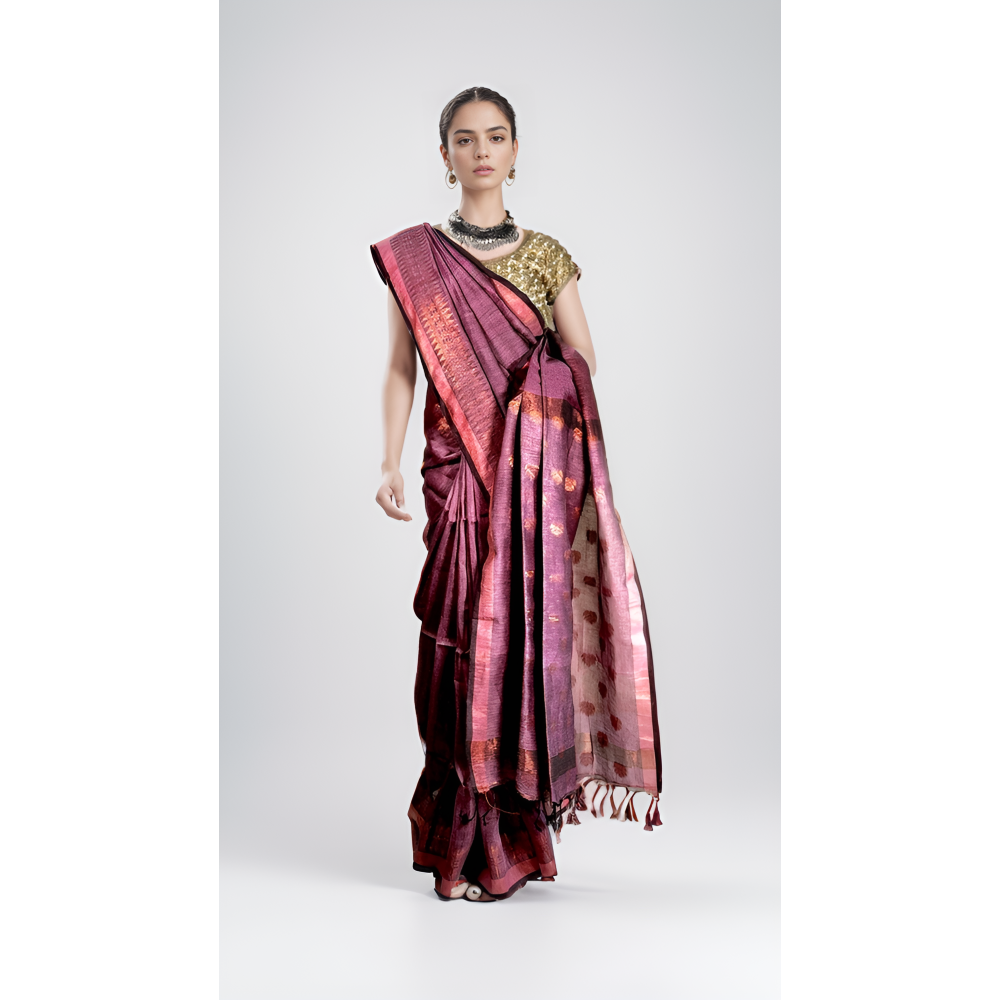India's handloom legacy is a treasure trove of cultural significance, craftsmanship, and beauty. Among the most prominent and revered of these traditional textiles is th Khandua saree from Odisha. Known for its ancient roots, intricate ikat weaving techniques, and symbolic value, Khandua sarees are a celebration of India's cultural heritage and a representation of timeless elegance. At Satika.live, we are honored to showcase an exquisite range of handloom Khandua sarees that not only capture the beauty of tradition but also offer a modern touch for today’s fashion-conscious women. Whether you’re a lover of handloom fabrics or someone looking for an elegant statement piece, the Khandua saree is an ideal choice.
The Origins and History of Khandua Sarees
Khandua sarees, also known as Kataki sarees, have a history that dates back over a thousand years. Originating in Nuapatna, a small village in Odisha, these sarees are intricately woven using the traditional ikat technique, where threads are dyed prior to weaving, creating complex patterns and designs once woven.
Historically, Khandua sarees were not just garments but symbols of religious significance. These sarees were traditionally used to dress Lord Jagannath in the famous Puri Jagannath Temple. Khandua sarees were, and still are, seen as sacred attire, woven with intricate motifs inspired by mythological stories and temple architecture.
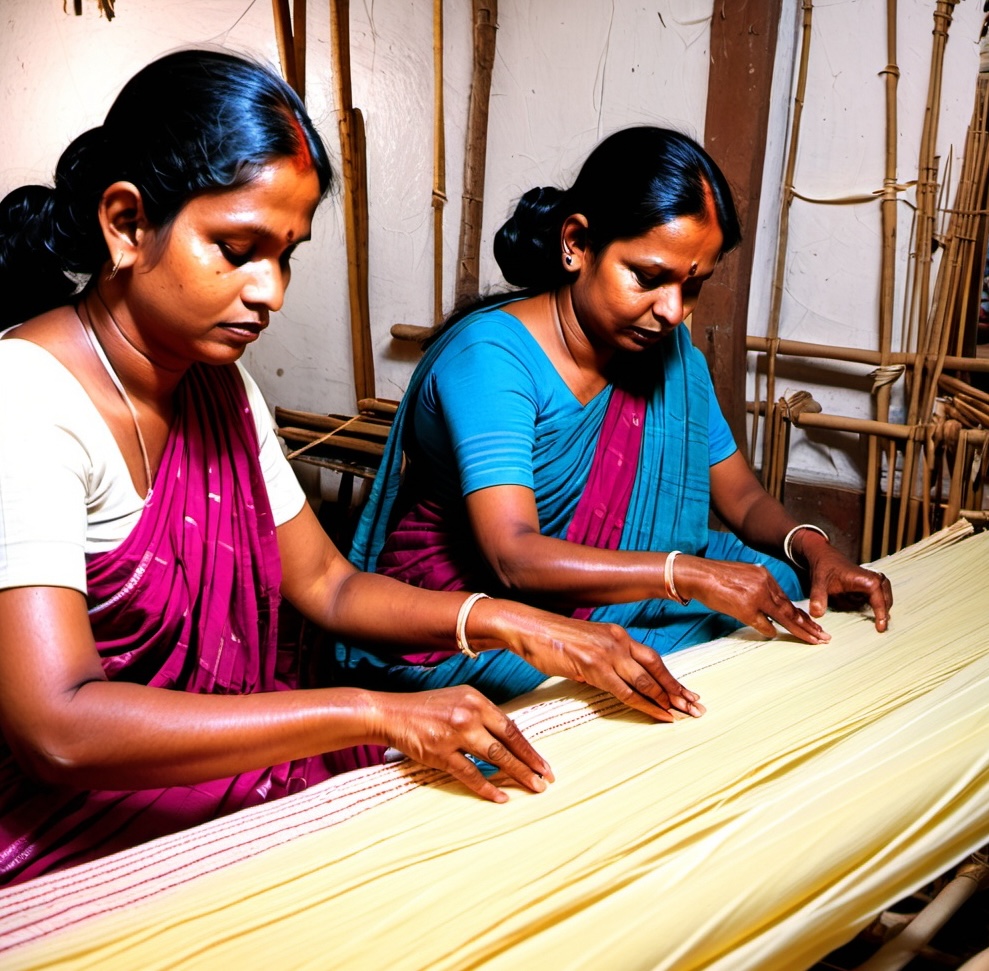
Fun Fact:
The name "Khandua" is derived from the word "Khanda," which means "half." This refers to the half-length cloth that was originally worn by male devotees of Lord Jagannath before the saree form became more widespread.
The Weaving Process of Khandua Sarees: An Art of Precision
The creation of a Khandua saree is a labor of love that requires tremendous skill, precision, and patience. The traditional ikat technique, also known as bandha in Odisha, involves tying and dyeing the threads before the weaving process begins. Here's a look at how these beautiful sarees come to life:
Dyeing the Threads: The threads are first tied in specific patterns, and only the exposed areas are dyed. This creates the signature blurred-edge patterns that ikat weaving is famous for.
Setting the Loom: Once the dyed threads are ready, they are placed on the loom. Every thread is carefully aligned to ensure that the intricate designs form seamlessly as the weaving progresses.
Weaving the Saree: The weaver works on the loom, interlacing the dyed threads to create complex motifs, which often include conch shells (Shankha), fish, flowers, and temple motifs. The precision required in weaving Khandua sarees is immense, as the pre-dyed threads must align perfectly to reveal the intricate designs.
Finishing Touches: Once the saree is woven, it undergoes washing and finishing, ensuring that the dyes are set and the fabric has a soft, lustrous feel.
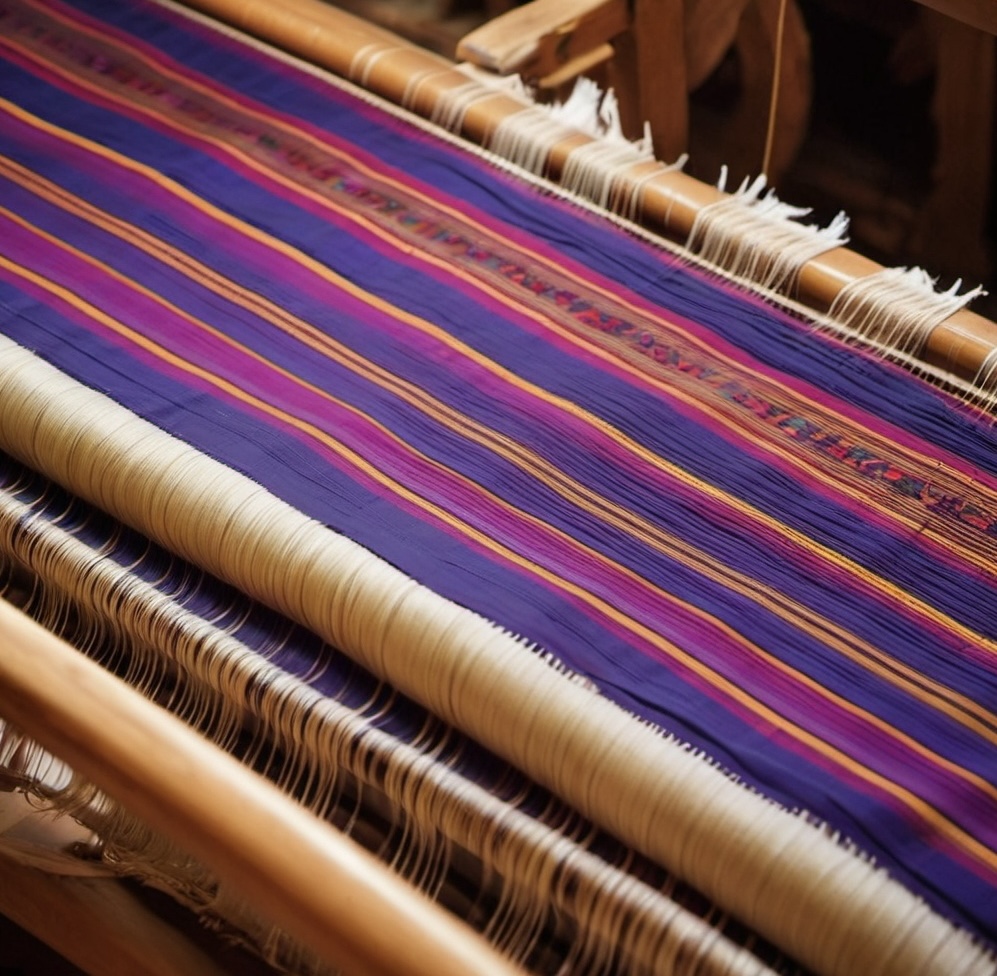
Why Choose Khandua Sarees?
Khandua sarees are not only stunning but also have a unique cultural heritage and symbolism. Wearing a Khandua saree allows you to carry a piece of Indian history with you, connecting you with the ancient art of ikat weaving. Whether you're attending a religious ceremony, a festive occasion, or even a wedding, a Khandua saree will make you stand out for its timeless elegance and cultural richness.
The Sustainability of Handloom Khandua Sarees
Another reason to choose Khandua sarees is their sustainability. In a world where fast fashion is causing environmental degradation, opting for handloom sarees like Khandua is a way to support sustainable fashion. These sarees are made from natural materials like cotton and silk, and the weaving process itself is eco-friendly, relying on the skill of artisans rather than heavy machinery.
By purchasing a Khandua saree from Satika.live, you are supporting the artisan community and helping to preserve the age-old tradition of handloom weaving in India. Each saree you purchase has been crafted with care, dedication, and pride, contributing to a sustainable fashion movement that is rooted in ethical practices and cultural preservation.
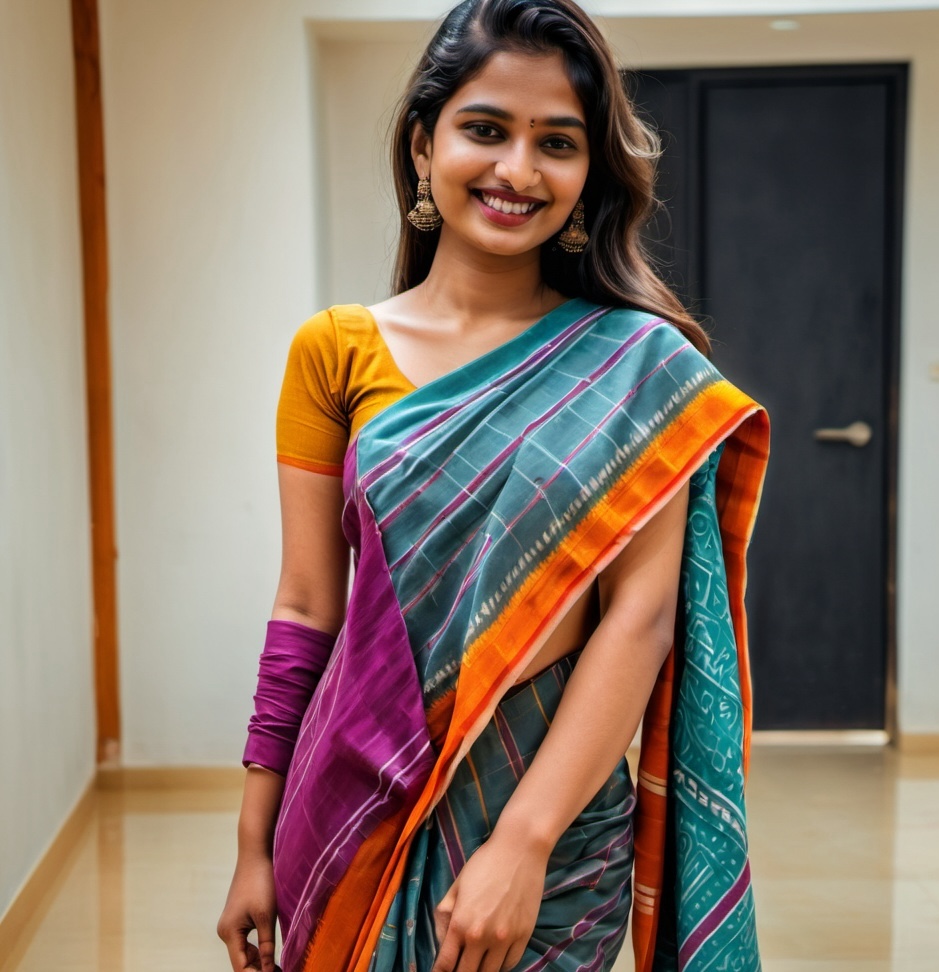
Interesting Facts About Khandua Sarees
- Cultural Significance: The motifs on Khandua sarees often depict scenes from the Ramayana and Mahabharata, making them a piece of art that tells a story.
- Pure Silk: Many Khandua sarees are made from Mulberry silk, known for its softness and luster.
- Limited Production: The traditional methods of making Khandua sarees mean that their production is limited, making each saree a unique and valuable piece.
- Craftsmanship: It takes 7 to 10 days to weave one saree, depending on the complexity of the design and the material used.
Shop Khandua Sarees at Satika.live
If you're looking for a saree that combines traditional craftsmanship, cultural significance, and modern elegance, look no further than our collection of Khandua sarees at Satika.live. Each saree is a testament to the skilled hands of Odisha's artisans, blending ancient techniques with contemporary aesthetics. Whether you're a fan of handloom sarees or someone looking to make a sustainable fashion choice, our Khandua sarees are perfect for you.
Festival Discounts Available
With the festival season around the corner, there's no better time to invest in a timeless Khandua saree. Enjoy exclusive discounts on our Khandua saree collection and make a purchase that celebrates both heritage and sustainability. Visit Satika.live to explore our latest collection and bring home a piece of Odisha’s rich textile heritage.
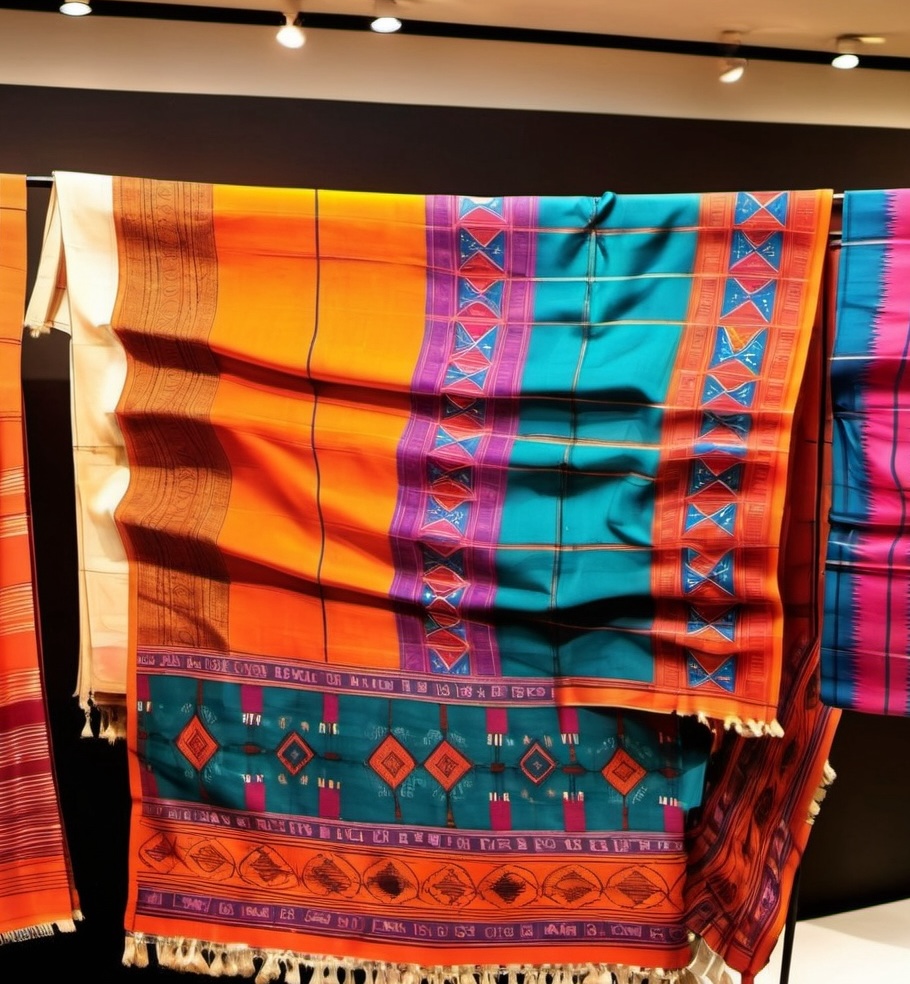
Conclusion
The Khandua saree is more than just a garment; it is a living representation of India's rich handloom heritage. At Satika.live, we are proud to bring these ancient handloom sarees to modern wardrobes, offering a chance for every woman to embrace the beauty and tradition of Odisha. Shop with us today and experience the elegance of Khandua sarees for yourself.



